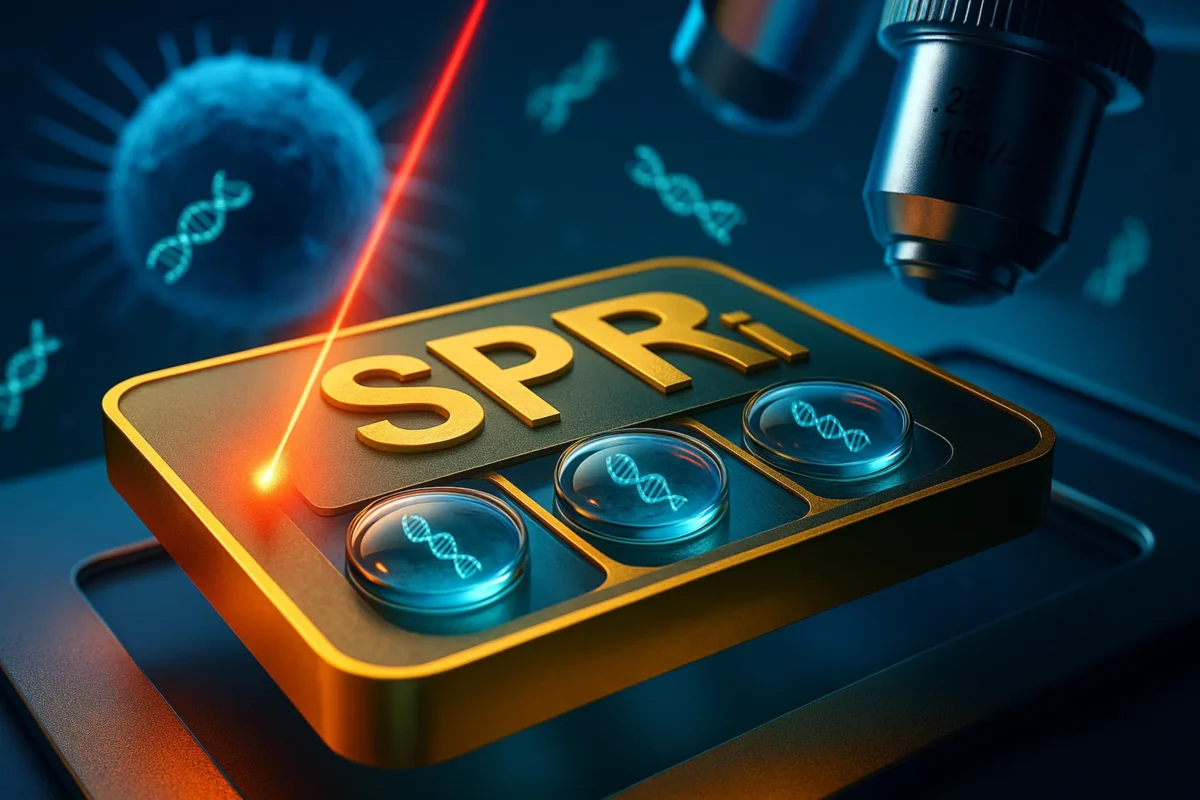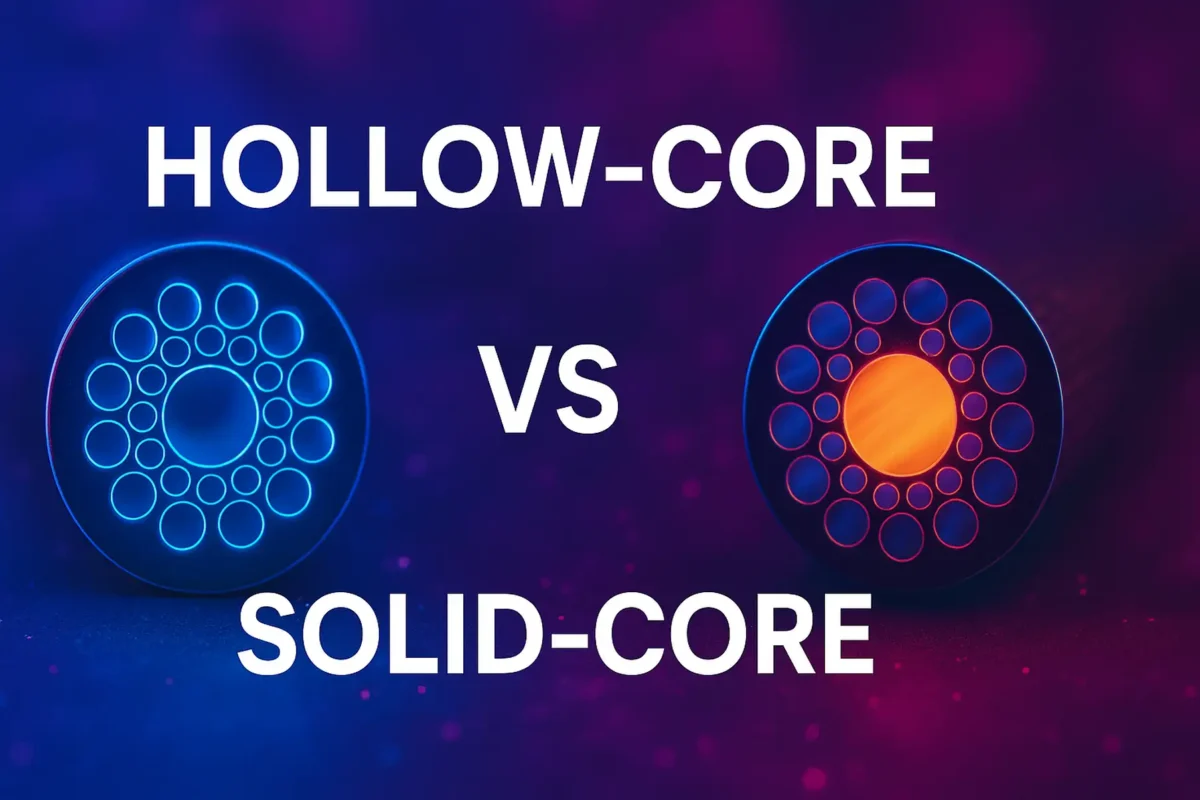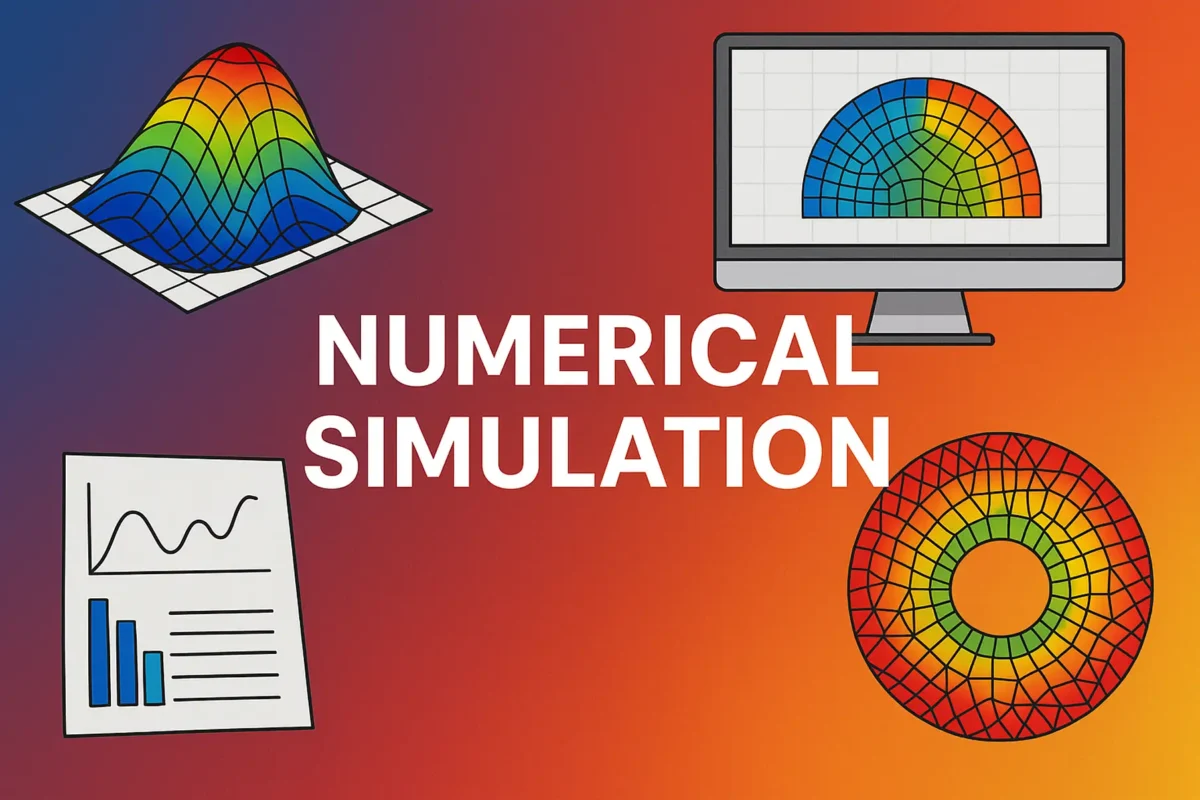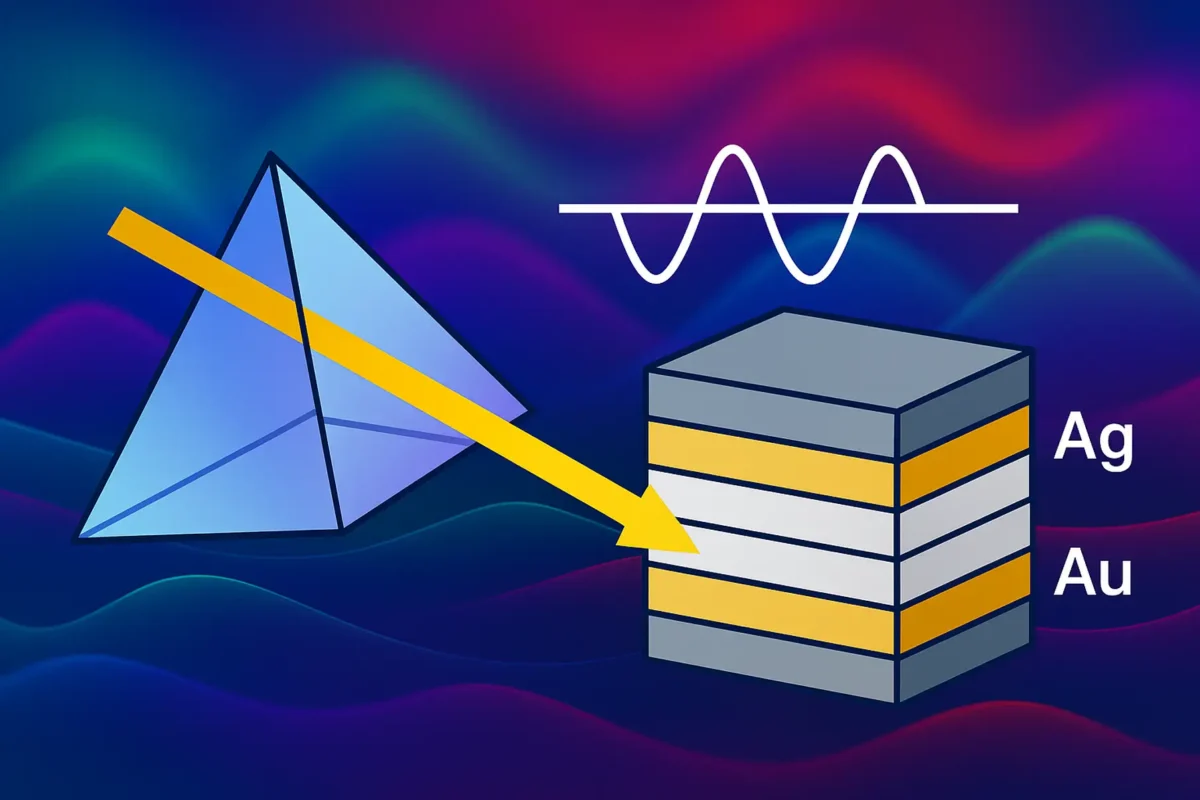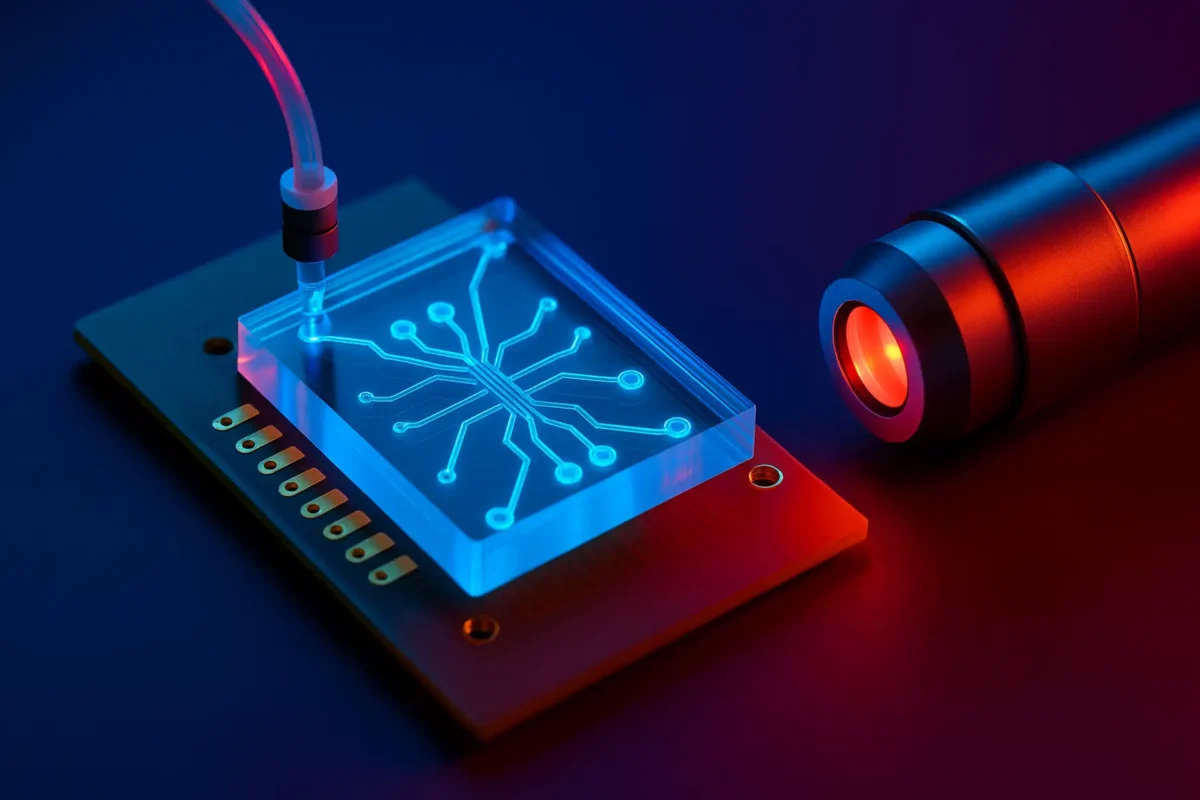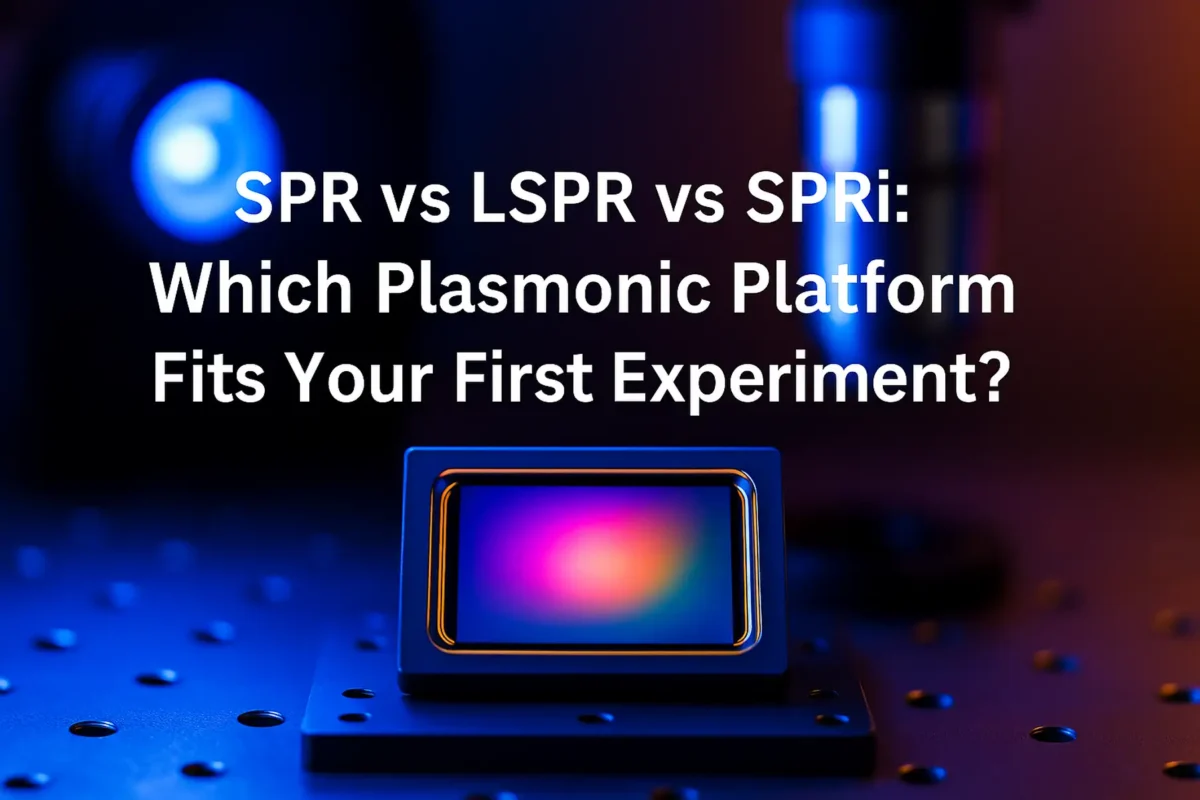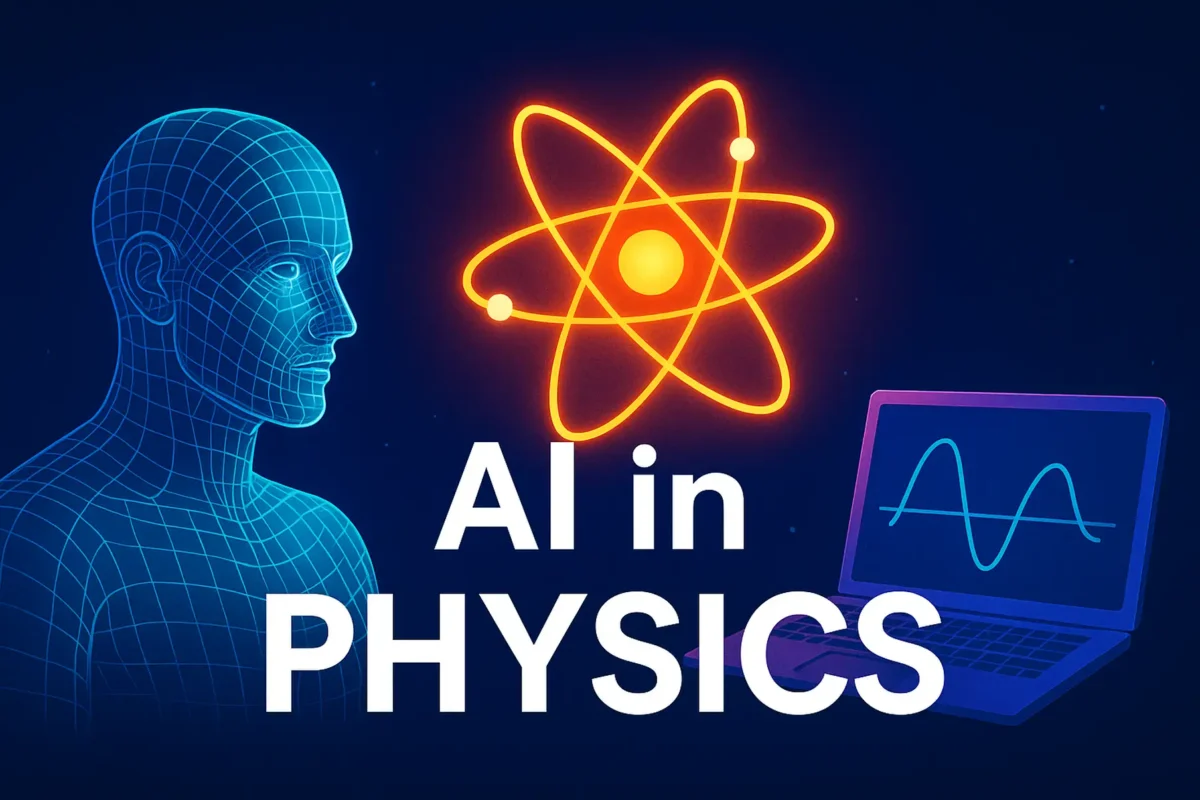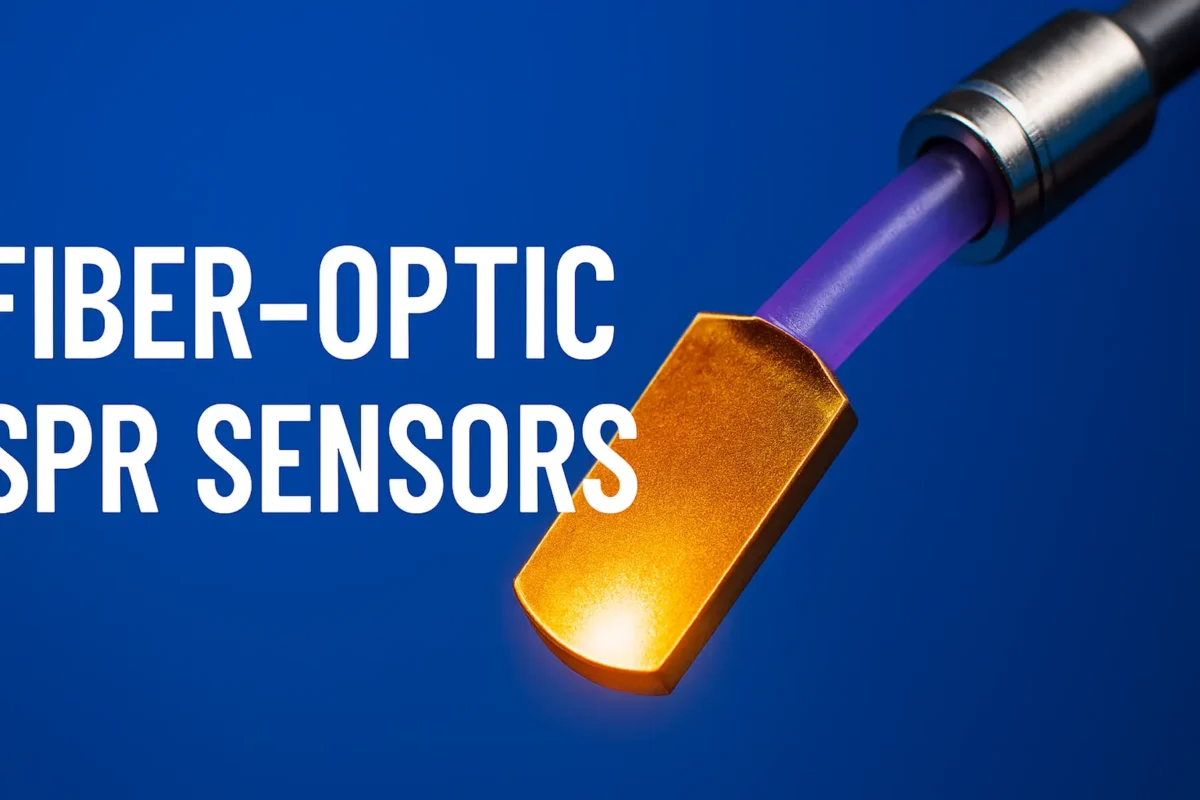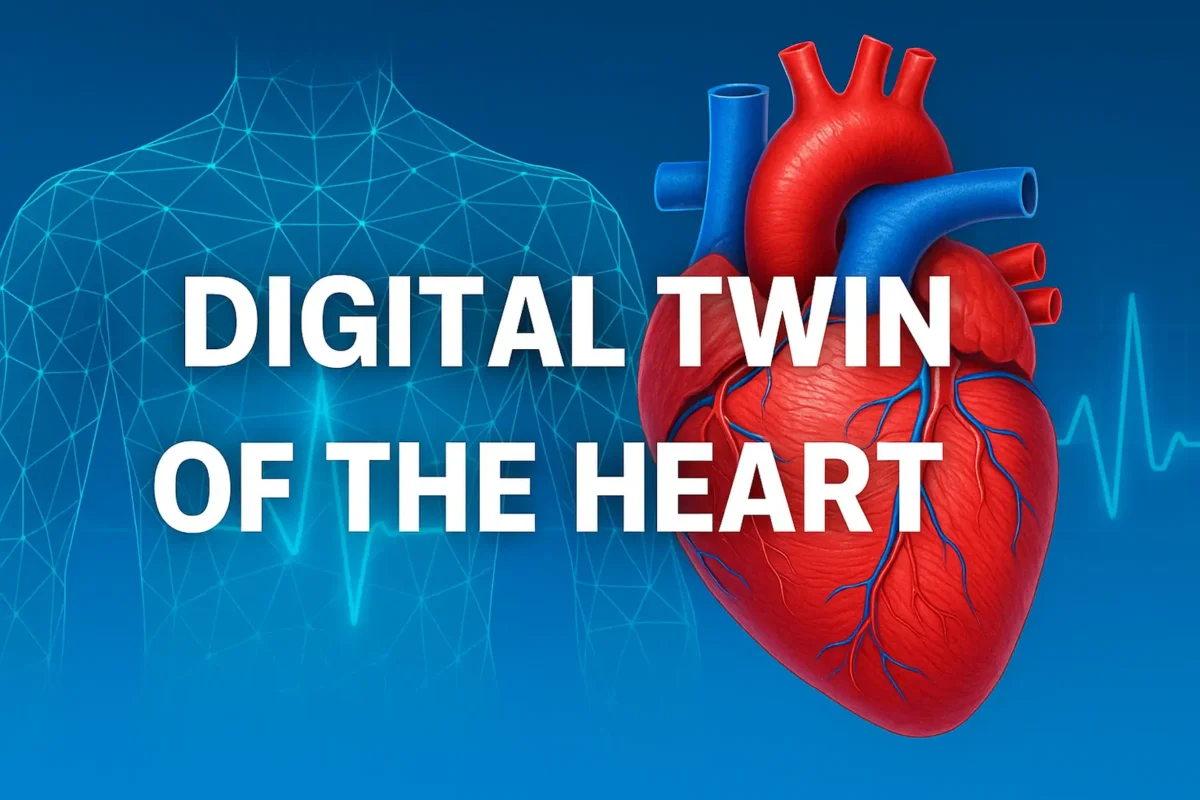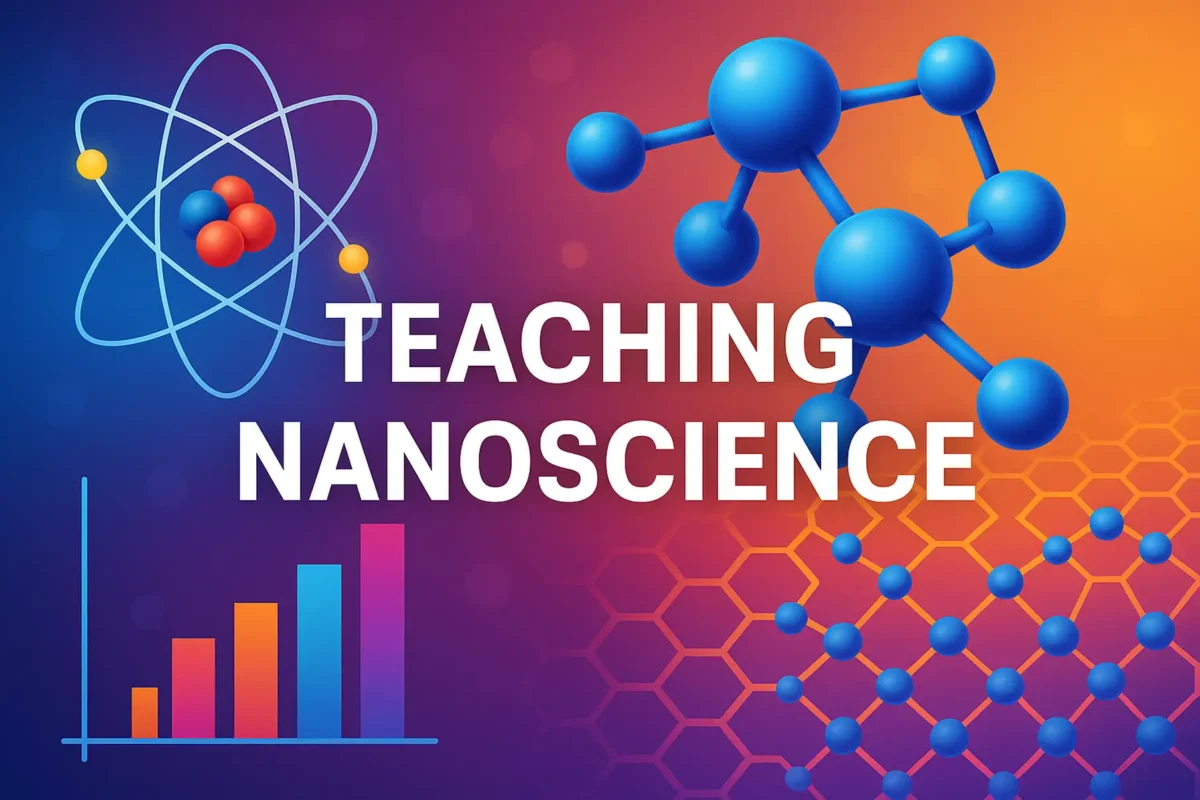Introduction Surface Plasmon Resonance Imaging (SPRI) has emerged as a pivotal label-free optical technique that enables real-time observation of biomolecular interactions and cellular dynamics. Unlike conventional fluorescence-based assays, SPRI relies on monitoring changes in the refractive index at a metal-dielectric interface—typically involving gold films—making it highly sensitive to surface-bound molecular events. This unique capability allows […]
